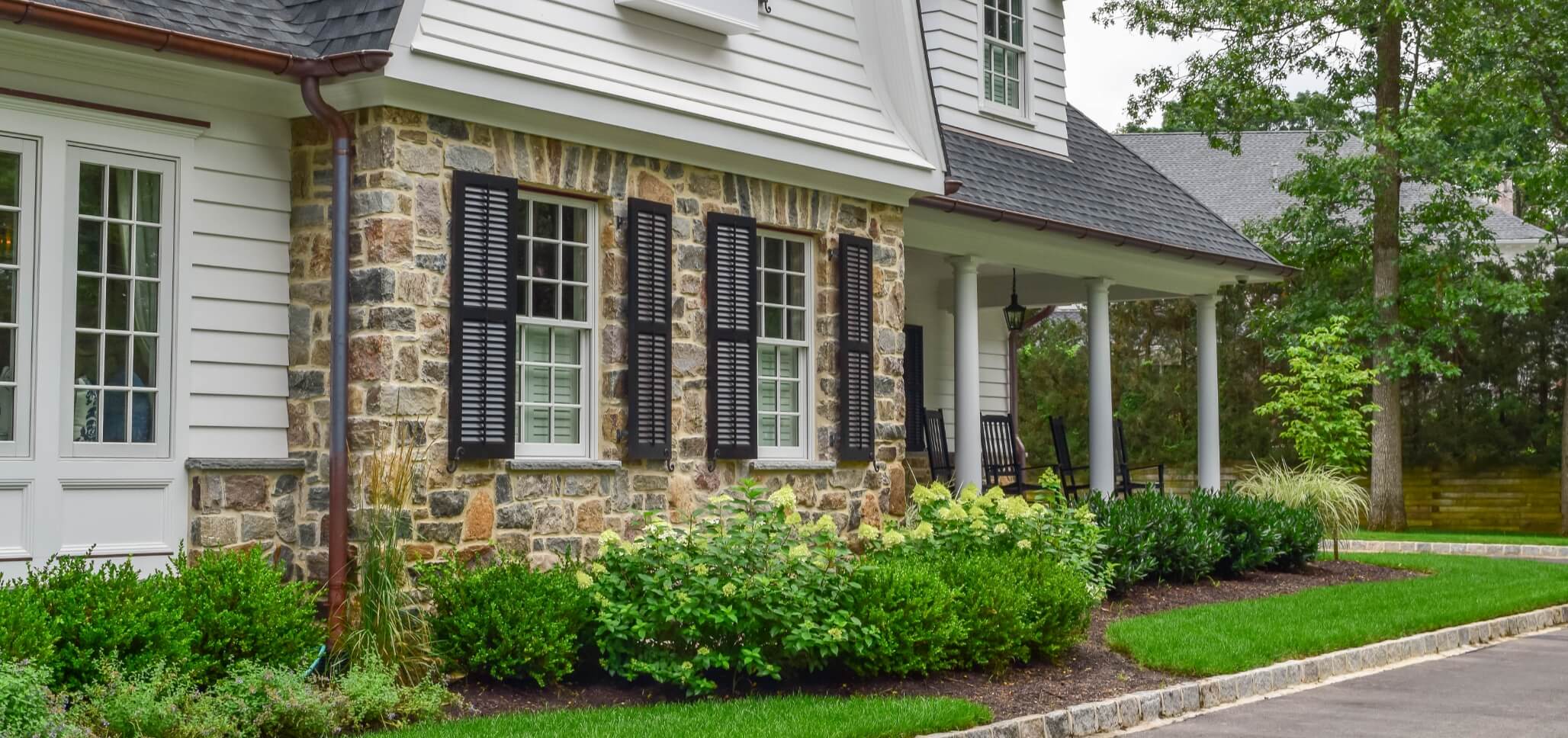 Stormwater management is a big concern today. Standing water can impact your landscape and home in a negative way. There is a need to carry any lingering water away your property and into storm drains and sewers.
Stormwater management is a big concern today. Standing water can impact your landscape and home in a negative way. There is a need to carry any lingering water away your property and into storm drains and sewers.
Allowing the maximum amount of water to seep into the ground is good for drainage design. In cases of heavy deluges, strong storms or prolonged wet spells, water may tend to accumulate around your landscape. Large amounts of water may not be able to naturally percolate into the ground. You will have to make sure it drains away from your yard.
Stormwater Management – Fix Your Yard
There may be a need to look at the existing drainage patterns in your yard. If the water does not drain properly you will have to take steps to correct this. Standing water will eventually impact your landscape and could possibly cause issues in your home, such as mold.
There are many things you can do to remedy this situation. There are also things you should avoid doing. Some do’s and don’ts are listed below.
What Not to Do
Take whatever measures you can to protect your home. Below are some things you don’t want to do when it comes to keeping your home safe from water runoff:
- Don’t put sheds, fences, landscaping or other buildings in easements, ditches or around storm drains. Don’t impede the flow.
- Don’t regrade your yard to interfere with current drainage patterns unless it’s to make runoff issues better.
- Don’t put any type of obstacle at the ends of a pipe that will trap debris.
- Don’t put any impervious covers or surfaces in your yard without taking into account how it will affect runoff.
Things You Should Do
There are some concrete things you should do when it comes stormwater management. Here are some steps you can take that are good for water runoff management:
- Educate yourself and research as to what is good for managing stormwater.
- Talk with professionals to make sure your property is compliant with all local codes and best practices to ensure proper water management.
- Keep storm drains free of debris or any types of blockages.
- Use landscaping techniques that allow more water to seep into the ground and less to runoff.
- Drains are a big part of any stormwater management system. You have to move the water from your yard to the larger system. Consider some of the following:
- French drains – These are either a trench or ditch filled with rock or gravel or a perforated pipe the directs surface water and groundwater away from an area.
- Channel drains – This type of drain is simply a design that allows water to flow along the length of a ditch, swale, pipe or other structure into a sewer or storm drain. The water will flow quickly in this type of runoff design.
- Drain grates – These are used as a covering for holes that allow water to flow into pipes that carry water off. The main function of the grate is to keep larger pieces of debris from entering the drainage system.
- Catch basins – The catch basin allows water to flow through, but larger debris to settle at the bottom of the basin where it does not impede the flow.
When it comes to stormwater management and drainage solutions there are many do’s and don’ts. You want to do the things that are positive for water runoff.
Don’t make the situation worse by any means. Do your part and ensure your yard and home are protected from standing water.

